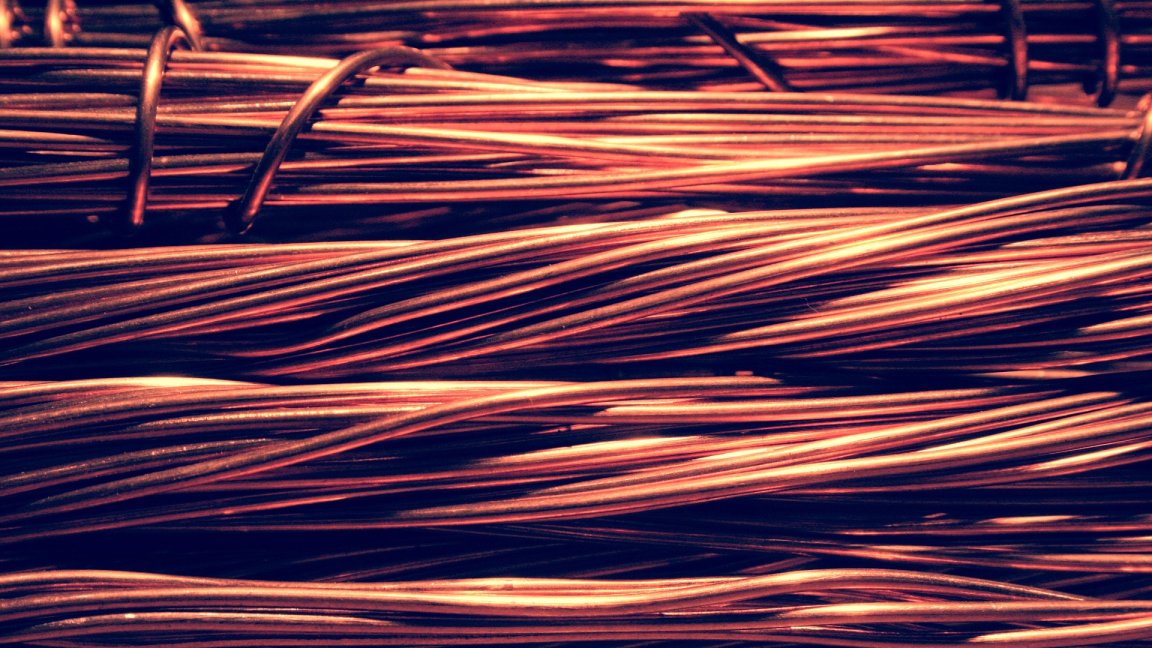
In a Spin
In recent years, a great deal of progress has been made toward the first large-scale, universal quantum computer. However, there are still many problems to solve, like creating a method to store quantum information for extended periods of time.
Now, scientists have discovered a material that might be up to the task. The challenge in this type of storage is preserving the quantum state of individual atoms, and a new study suggests that copper iridate – a compound of copper, iridium, and oxygen – might have the atomic geometry required to fulfill this role.
“Copper iridate has a honeycomb geometry, just like the honeycomb in nature but made of atoms,” researcher Fazel Tafti told Inverse. “Due to these particular geometries, the spins of electrons never freeze. They keep jiggling around without ever being able to freeze and form a magnet, which is the natural tendency of the material. This phenomenon is called ‘magnetic frustration.’”

The unusual phase occupied by this material is known as quantum spin liquid. It’s not a liquid in the way you are most familiar with – instead, its magnetism is less orderly than in an ordinary magnet.
The spins of electrons in the magnets we encounter in day-to-day life are all frozen in the same direction. In spin liquids, they’re never frozen, even if their temperature reaches absolute zero. This allows for some unusual traits, like a phenomenon known as long-range entanglement where the quantum state of one particle is paired with another non-adjacent particle.
Materials need either a honeycomb geometry like copper iridate or a triangular atomic structure to operate as a spin liquid. This arrangement has been observed in nature, for example with the mineral Herbertsmithite which was discovered in 2012.
On the Hunt
This study has produced a material that could be used in future quantum computers, but its greater relevance is in that the findings offer up a method of establishing more examples. By using the same process, it could be possible to discover all manner of new quantum spin liquids, some of which might be even better suited for the task.
“Experimental discoveries take a long time to occur because scientists have to try every possible path allowed by nature, and nature could be very [elusive],” explained Tafti. “But now that we managed to make one spin liquid, we found the recipe to make more of them. The next step will be to use the same recipe of copper iridate and apply it to other elements in the periodic table to make more spin liquids.”